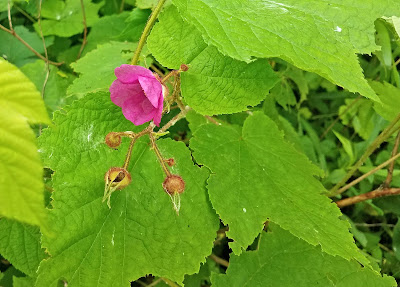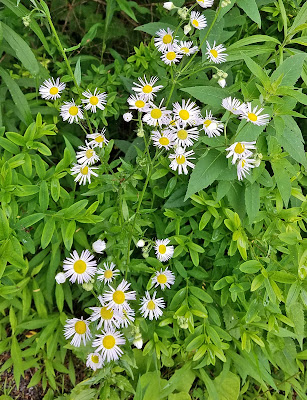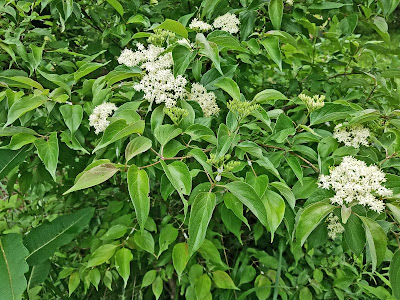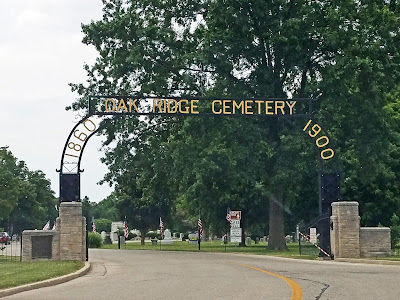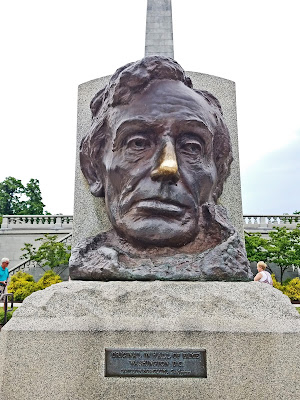How could we say 'no' to an invitation to see "Lucy the Elephant"? Our hosts, Ted and Jean R, treated us to a tour of South Jersey Shore sights. Although hot and humid, it was a bright sunny day!
We started at Cape May at the very southern tip of the state of New Jersey:
First was lunch on a breezy "dock" at the Lobster House for fresh seafood while watching fishing boats and yachts pass by. Refreshing ambiance and conversation!
 |
| Emlen Physick Estate (1879, attributed to Frank Furness in Eastlake or Stick style) is representative of the many Victorian-style buildings in Cape May |
 |
| The Southern Mansion (1863, by Samuel Sloan in Italianate style) |
 |
| Congress Hall (1879 brick rebuild of 1816 wooden hotel) is a historic hotel whose owner, Thomas H Hughes, was later elected to the US Congress, thus several US Presidents, including Franklin Pierce, James Buchanan, Ulysses S Grant and Benjamin Harrison vacationed at Congress Hall |
 |
| At Cape May Point is Sunset Beach with a giant shipwreck |
 |
| Not any old shipwreck, but the stern of a concrete ship, the SS Atlantus (1918, the second of 12 ships built by Liberty Ship Building Co in GA); in 1926 three of the concrete ships were purchased to create a ferry dock; however, the Atlantus broke free of her mooring and ran aground here, resisting all attempts to free the ship that split in three pieces |
 |
| Also at Sunset Beach is the former Witmer Stone Wildlife Sanctuary (est 1935 and named for the "last of the great" naturalists who worked at the Philadelphia Academy of Natural Sciences for 51 years) |
 |
| For those who need a visual reminder not to litter, here is a "billboard" illustrating how long it takes for specific items to break down in the marine environment |
 |
| World War II Lookout Tower/Fire Control Tower #23 (1942, as one of 15 towers that helped aim batteries of coastal artillery stretching from N Wildwood, NJ to Bethany Beach, DE) |
 |
| Cape May Lighthouse (1859, automated in 1946) is still in operation, although visitors are allowed to climb to the top |
 |
| Lucy the Elephant (1881, by James Lafferty to promote his real estate developments) claims to be the largest (albeit not real) elephant in the world and is in great shape |
 |
| Lucy has a French pedicure |
 |
| A photo of when Lucy was being moved two blocks to her present location (KSS) |
 |
| The Boardwalk in Ocean City |
 |
| Ocean City Music Pier (1928-1929, by Vivian B Smith) |
 |
| Shriver's (1898) is the oldest business on the Boardwalk in Ocean City and is known for salt water taffy and fudge |
 |
| Manco & Manco Pizza has three locations on the Boardwalk; after we sampled their thin crust with plenty of sauce and cheese pizza, we left to find a long line of waiting customers |
 |
| A hosta-eating rabbit (KSS) |





